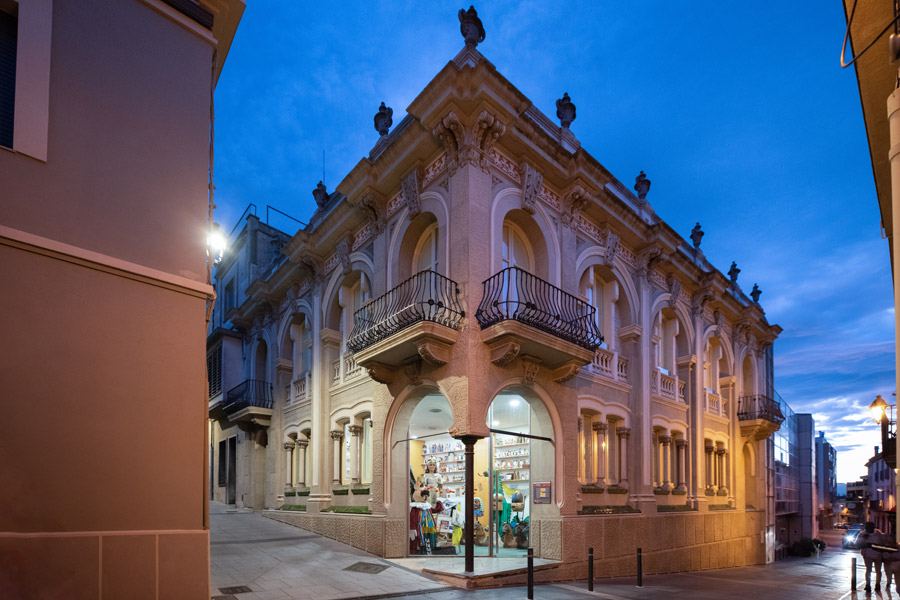Revolution in the village
The arrival of the train in 1892
The arrival of the train in Cassà in 1892 caused a revolution in the municipality. The line, which connected Girona to the port of Sant Feliu de Guíxols, was witness to the grand transformation the area underwent in the late 19th - early 20th centuries, mainly thanks to the exploitation of cork. Apart from the boost it gave to the cork industry, the line was also important for farming, since there was a new means of transport to bring products to market, and also for the more recreational sector, since special services were organised to attend the festivities of the surrounding towns. The train, affectionately called Tren Petit (little train) or Carrilet by the inhabitants of the towns it passed through, stopped at the station, a building with art nouveau features that has been converted into a municipal facility. The line was in operation until 1969, when it was unfortunately closed for good.
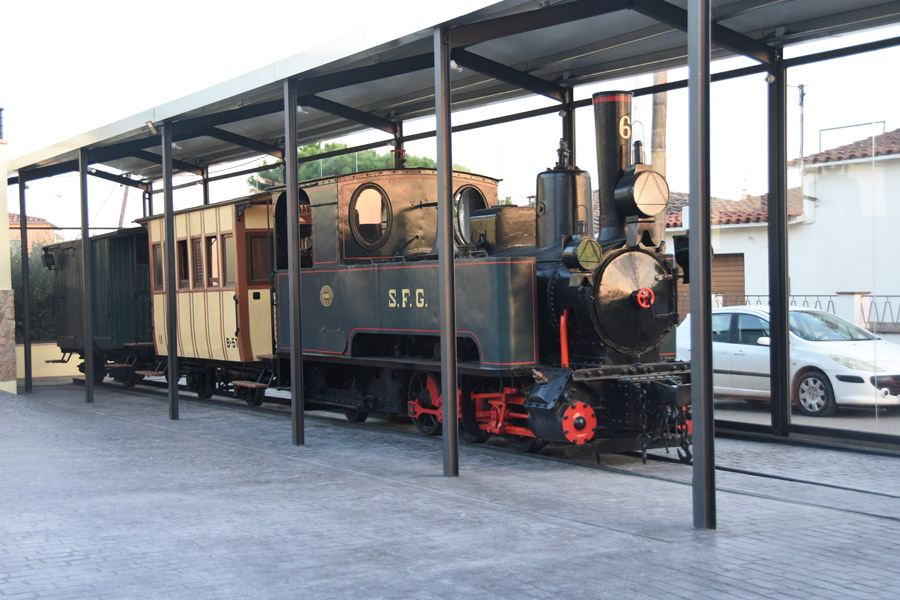
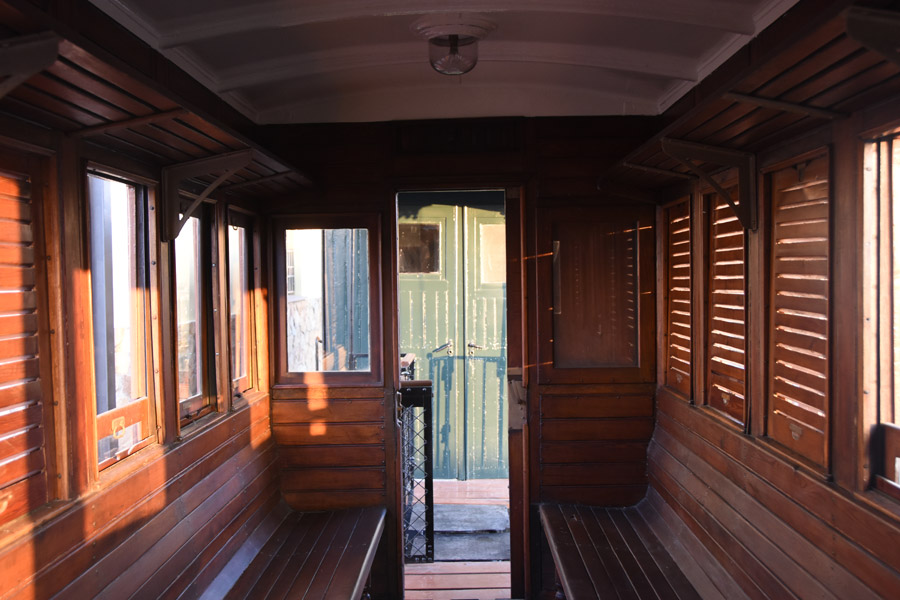
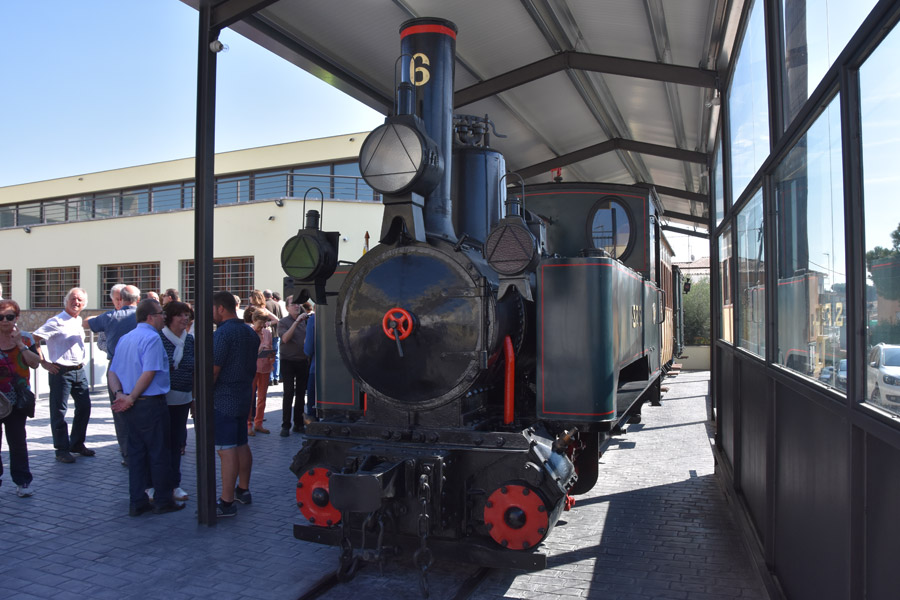
All that remains of the train, which had such an impact on the lives of the people of Cassà, is a locomotive, a car and a brake van, which Josep M. Bregante acquired shortly after the closure of the line. Locomotive number 6, which had been purchased in 1905, is one of those that closed the line and had a boiler that consumed between 8 and 10 kg of coal per kilometre. The car and brake van are from 1891. The car was an A3 model passenger car; it was a first-class car that was later converted into second-class, meaning it went from having twelve leather-upholstered seats to sixteen with two wooden benches. The brake van had the function of transporting luggage. All were built in Germany.
The cars and locomotive can be visited today in Carrer Marçal de Trinxeria. You can check the opening hours here.
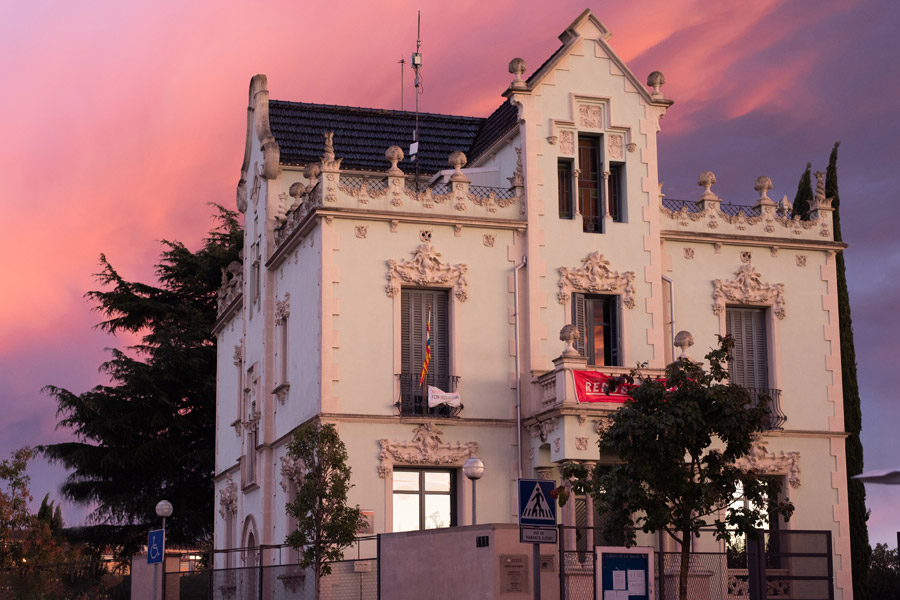
Art Nouveau Buildings
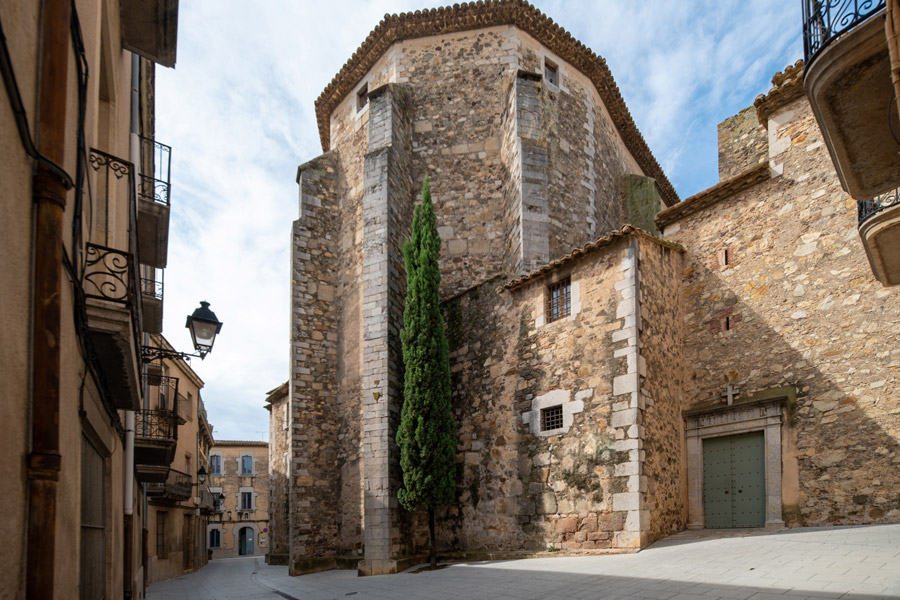
Medieval and modern Cassà
